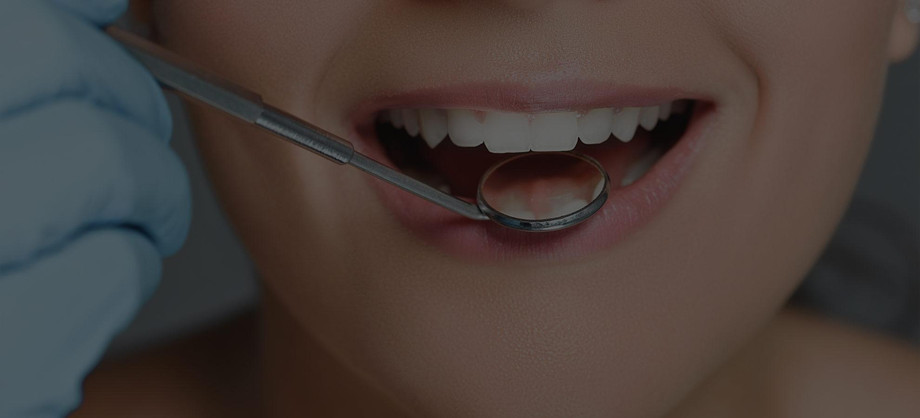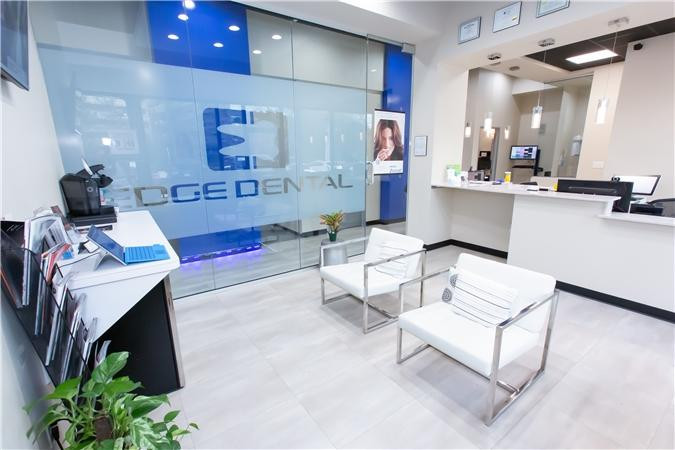What is a Crown Lengthening Procedure? from Flack Flores's blog
Crowns are tooth-shaped both aesthetically and functionally; they are well fit over your natural diseased tooth to prevent further infection. Houston Cosmetic Dentistrecommends a crown when your teeth are cracked, misshapen, or broken.
Your dentist or surgeon performs dental crown lengtheningby reconstructing your gum tissue or bone sometimes to expose more surfaces for the placement of the crown. It’s a common procedure and takes less than an hour to complete.
The purpose of a crown lengthening procedure
Your crown lengthening treatment is mandatory if there is not enough space for the crown placement. Teeths broken or affected firmly may refuse crown placement due to less space and non-uniform shape. The crown lengthening process reduces gum tissue length and trims down the bone when necessary for better space and placement. A properly fitted crown can provide better oral hygiene and a perfect bite while eating. Furthermore, sometimes people seek crown lengthening to alter a gummy smile, where the gums are visible while you smile.
How to prepare for a crown lengthening.
Your dentist will place temporary Crowns Near Me until you can have your treatment. Your temporary crown can protect teeth structure and surrounding to make the fitting hassle-free. Before your surgery, your dentist will ask about any medical history or medication you are on. They will digitally scan and take X-rays to know better about your case.
What happens during a crown lengthening procedure
Your periodontist will perform the crown lengthening procedure, and you can go home afterwards. Also, your procedure time may vary and depends on the number of your teeths and if your dentist removes both gums and bone.
Generally, dentists use local anesthesia but you can also select your sedation procedure. The periodontist cut a part of your gums to pull them away from the teeth by exposing roots and bone. Sometimes they remove gums only and clean the surgical area with salt water before suturing. At last, they suture the gums back together and place a bandage over the area for additional protection.
You will start feeling some pain after the local anesthetic wears off, so your surgeon prescribed you pain killers, antibiotics, and a specialized mouth rinse to heal your gums faster and easily.
Possible risks
There are some risks of infection while crown lengthening; however, no more than with the surgical procedure. Therefore you should follow all postoperative instructions to prevent all infections. If you find swelling and pain for a few days then you should visit your dentist.
You might expercince bleeding at the surgical site just after the treatment and your teeth feel sensitive to hot and cold temperatures. The sensitivity will be subsidies with time but you need more dental visits if your dentist removes a part of the bone and the tooth may feel looser initially.
If you are worried about your knocked, crooked, or fractured tooth then a tooth lengthening procedure is for you, and you can visit your dentist to know more about the Dental Crowns Near Me for the betterment of your teeth' functionality and aesthetic look. Moreover, crown lengthening costs you less as compared to other dental restorative procedures.
Article Source : https://www.wellbeingcares.com/what-is-a-crown-lengthening-procedure/



The Wall